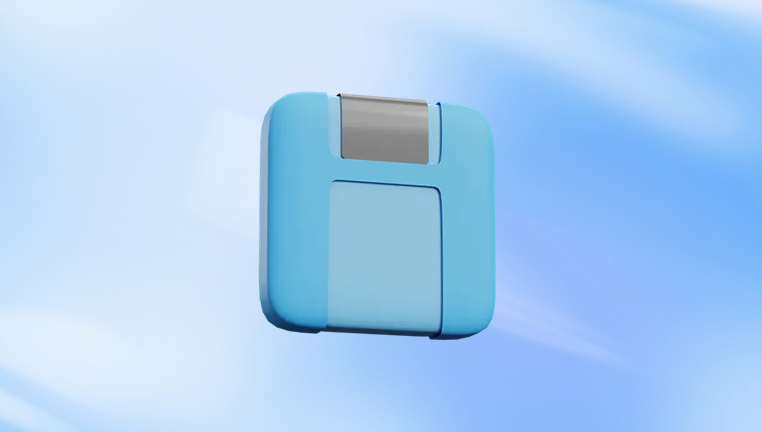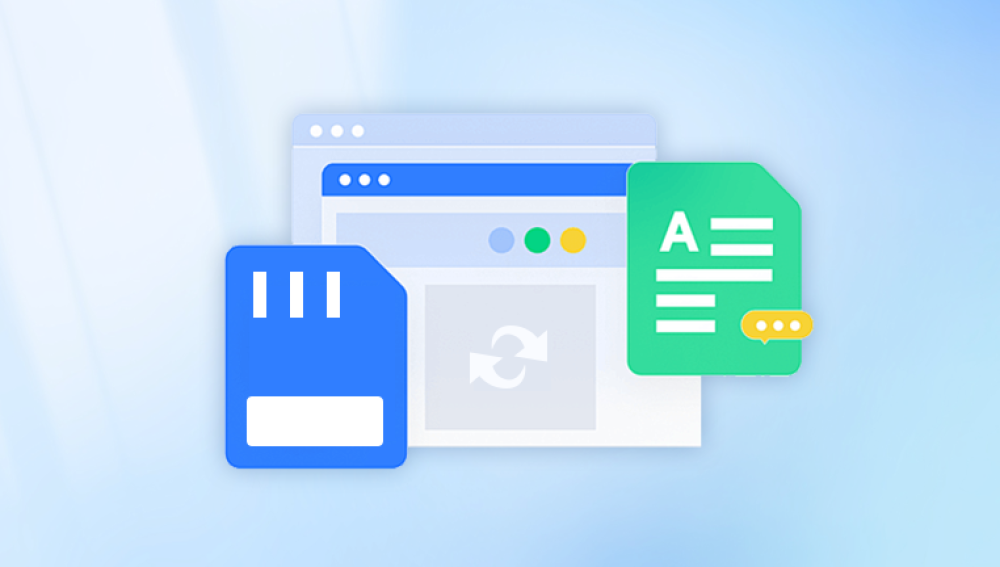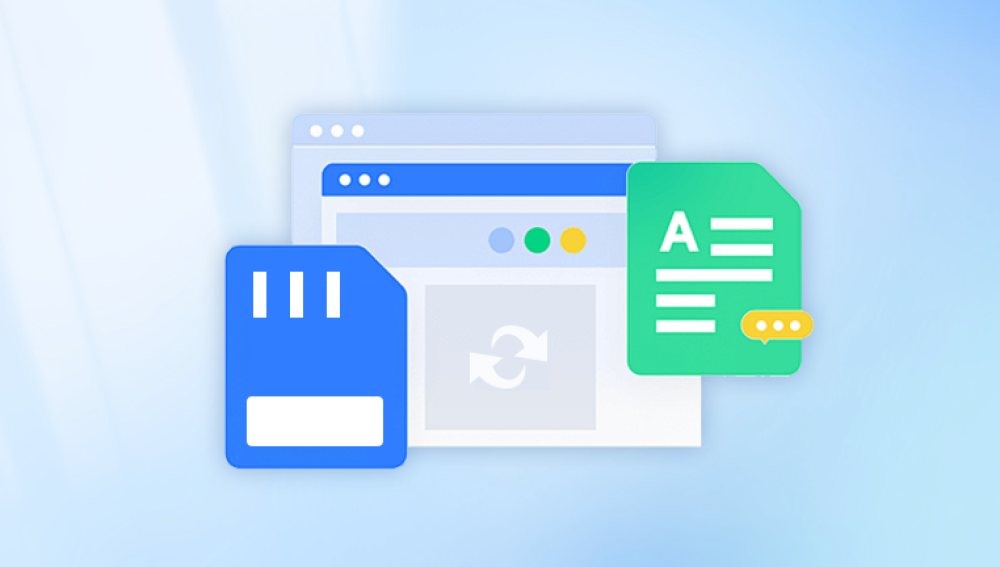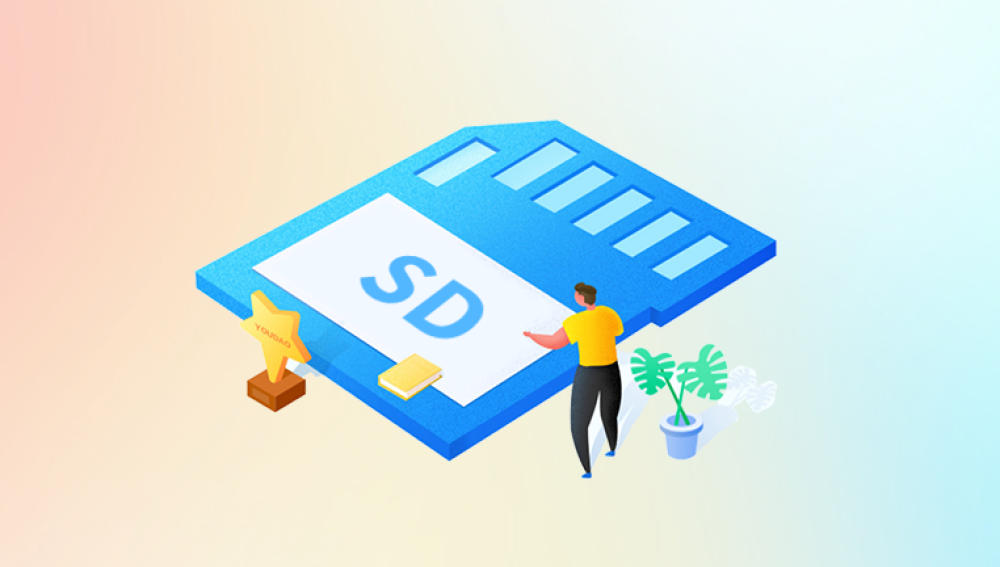They’re widely used in smartphones, cameras, drones, tablets, and other portable devices because of their compact size and reliability. However, SD cards are not immune to data loss. Whether due to accidental deletion, formatting, corruption, or virus attacks, losing data from an SD card can be deeply frustrating especially when those files are irreplaceable.
Enter Drecov Data Recovery, a powerful yet simple solution that offers free recovery for SD cards. It provides an efficient and user-friendly interface that allows you to retrieve lost data in minutes.

1. Accidental Deletion
This is one of the most frequent causes. Users often mistakenly delete files while organizing folders or clearing space.
2. Formatting Errors
Sometimes, devices prompt users to format the SD card due to an error, and in a rush, users comply—leading to the loss of all stored data.
3. File System Corruption
If the SD card becomes corrupted due to improper ejection, software crashes, or power failures, it might become unreadable.
4. Virus and Malware Attacks
When connected to infected devices, SD cards can become compromised, leading to hidden, inaccessible, or deleted files.
5. Physical Damage
Though less common, physical damage like water exposure or bending can render SD cards unreadable by regular means.
Regardless of the cause, the good news is that most lost files remain on the SD card until they are overwritten. This is where Drecov Data Recovery proves invaluable.
Why Choose Drecov Data Recovery?
Drecov Data Recovery is designed with accessibility and effectiveness in mind. Whether you're a professional photographer or a casual smartphone user, this software simplifies the data recovery process while delivering powerful results. Here's why it stands out:
Easy-to-Use Interface
Drecov Data Recovery features a clean and intuitive interface that doesn’t require technical expertise. The step-by-step wizard guides users through the scanning and recovery process seamlessly.
Free Recovery Option
Unlike many tools that promise free recovery but lock essential features behind a paywall, Drecov Data Recovery allows users to recover a generous amount of data without paying anything.
Support for Multiple File Types
The software supports recovering not only photos and videos but also documents, audio files, compressed archives, and more. It covers file formats like JPG, PNG, MP4. AVI, DOCX, PDF, MP3. ZIP, and hundreds of others.
Compatible with All SD Cards
Panda works with all SD card types, including SD, SDHC, SDXC, miniSD, and microSD. It’s compatible with cards from popular brands such as SanDisk, Kingston, Samsung, Lexar, and more.
Deep and Quick Scans
The software offers two scan modes: Quick Scan for recently deleted files, and Deep Scan for thorough recovery from formatted or corrupted cards. The latter is especially useful when standard tools fail.
Preview Before Recovery
One of its strongest features is the ability to preview files before recovering them. This ensures you restore only the files you truly need.
Multi-Platform Support
Drecov Data Recovery works on both Windows and macOS systems, making it accessible for a broad range of users.
How to Recover Files from an SD Card with Drecov Data Recovery
Recovering your lost data is straightforward with Panda. Here’s a step-by-step guide to using the free version for SD card recovery:
Step 1: Stop Using the SD Card
As soon as you notice data loss, stop using the card immediately. Continued use may overwrite the deleted data, making it harder or impossible to recover.
Step 2: Download and Install Drecov Data Recovery
Visit the official website of Drecov Data Recovery and download the latest version. Installation takes only a few moments.
Step 3: Connect the SD Card
Use an SD card reader or your device’s card slot to connect the SD card to your computer. Ensure the card is recognized by the system.
Step 4: Launch the Software
Open Drecov Data Recovery. On launch, it will detect all connected drives, including your SD card.
Step 5: Select the SD Card
From the list of available drives, choose your SD card. Then click "Next" to proceed.
Step 6: Choose the Scan Type
Quick Scan: Ideal for recovering files deleted recently.
Deep Scan: Recommended for formatted cards or more complex recoveries.
Click on your preferred scan option and wait while Panda searches the SD card for recoverable files.
Step 7: Preview and Select Files
After the scan, you’ll be able to browse a list of recoverable files. Preview images or documents to confirm their content.
Step 8: Recover and Save
Choose the files you wish to recover, then click the "Recover" button. Be sure to save them to a different location (not the same SD card) to prevent overwriting more files.
Tips for Successful SD Card Recovery
To enhance your chances of recovering your data using Panda, consider these best practices:
Avoid Writing New Data
Do not add new files to the SD card after noticing data loss. Writing new data can overwrite deleted files, making them unrecoverable.
Use Deep Scan for Better Results
While Quick Scan is faster, Deep Scan dives deeper into the storage structure and often recovers files that other software misses.
Regular Backups
Prevent future data loss by regularly backing up your SD card data to cloud services or external drives.
Keep the Card Physically Safe
Store your SD card in a protective case. Avoid exposing it to heat, water, and magnetic fields.
Eject Properly
Always eject the card properly before removing it from your computer or camera. This prevents file system errors.
While tools like PhotoRec are powerful, they lack a user-friendly interface. Recuva is solid but outdated. Panda strikes a great balance with modern design, generous free features, and robust scanning.
Real-Life Recovery Scenarios with Panda
Here are a few real-world examples where Panda helped users restore important data from SD cards:
Case 1: Deleted Vacation Photos
Jessica accidentally deleted hundreds of photos from her camera's SD card before making a backup. Using Drecov Data Recovery’s quick scan feature, she was able to recover 95% of her images within 10 minutes.
Case 2: Formatted by Mistake
Jake formatted his microSD card while trying to fix a read error. Thinking the photos of his baby’s first birthday were gone forever, he turned to Panda’s Deep Scan mode. After a thorough search, he successfully retrieved most of the images and videos.
Case 3: Drone Footage Recovery
Lena’s drone crashed, corrupting the SD card that stored aerial videos from a recent project. Using Panda, she recovered several crucial clips, saving hours of reshooting and stress.
Common Questions About Drecov Data Recovery
Is Drecov Data Recovery really free?
Yes, Panda offers a free version with essential recovery features and a generous data recovery limit.
Can I recover videos too, or just photos?
Panda supports recovery of photos, videos, documents, and more. It can recover formats like MP4. MOV, AVI, and others.
What if my SD card isn’t recognized?
Try using a different card reader or checking the connection. If the card is physically damaged, data recovery may require professional tools.
Does the software work on macOS?
Yes, Drecov Data Recovery has both Windows and macOS versions.
Is it safe to use?
Absolutely. Drecov Data Recovery is read-only software, meaning it does not alter or overwrite the contents of your SD card during recovery.
Losing data doesn’t have to be a disaster. With Drecov Data Recovery, you get an easy, reliable, and cost-effective way to retrieve files from SD cards completely free. Whether you’ve deleted cherished family photos, critical project documents, or breathtaking drone footage, Panda offers the tools you need to get your files back.




